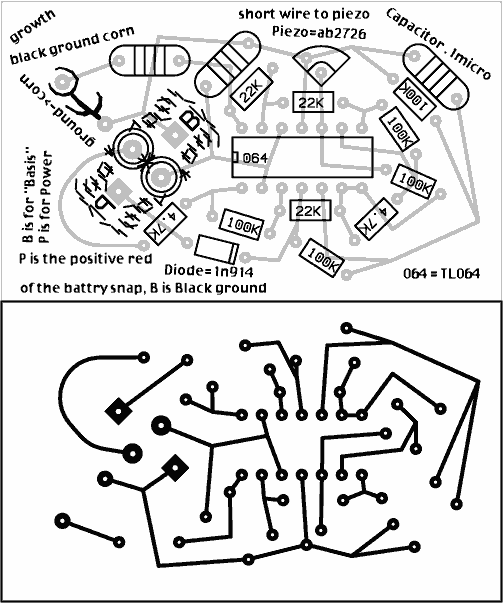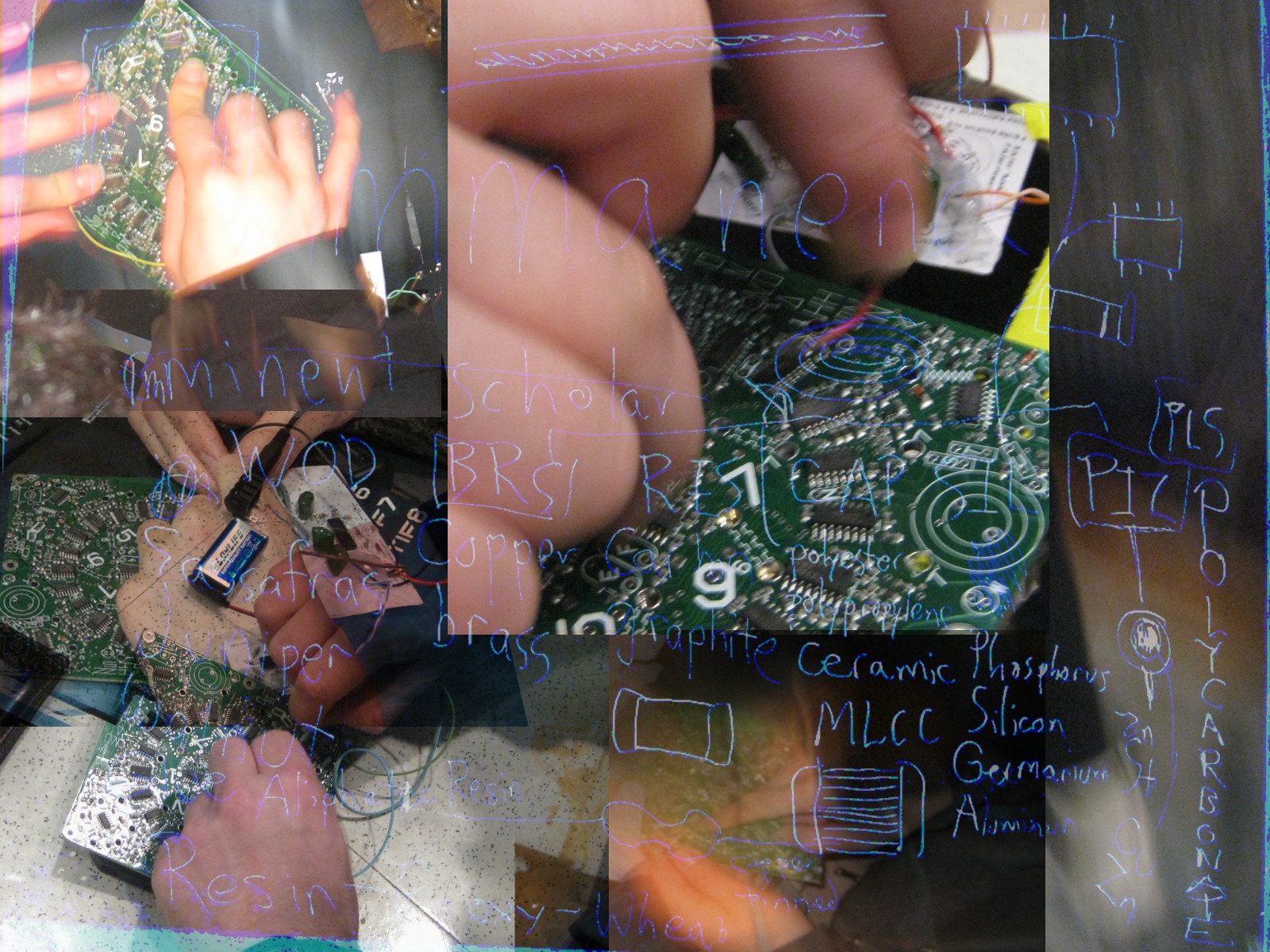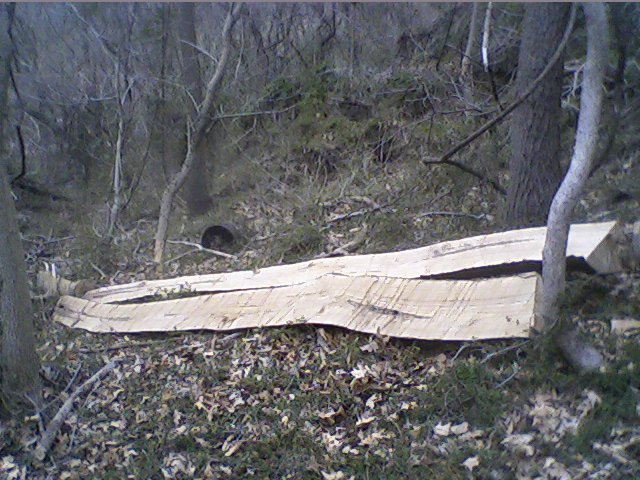k
Also in the pamphlet is a short excerpt from "Powr Mastrs, $18, 1, by CF"
Your reaction piece is to take the piece of paper given to you, and:
- jot down your favorite quotes from the texts, and respond or explain them to yourself, in your own words.
- draw a patit sketch of a circuit. this can be
phantasized, idiosyncronized, or solipsisticized. A fore xample
of this is "what does your relationship with your computer look like?",
but it can also be your idea for an installation, or a feedback system
you are fond of.

blackgroundcorn.pdf
BLACKGROUNDCORN
A cirque for dealing with dead circuits, a la, Nicolas Collins' "Salvage (Guiya Blues)". Where Nicolas Collins piece has multiple students on one board, we are going to be a "one student one board" class. The boards are of a run of Sidrazzi by Ciat-Lonbarde; the first run of 25 were all dead because of a Chinese "mystery part", but the boards still contain a wonderful amount of rhizomal resistor webs and also nonlinearities created by the silicon. We are going to ressurect them sonically with this circuit, which can be used for any circuit board really. The end result- a choir of "corn". Corn is both:- the sound of the circuit board, transduced by a piezo
and amplified skillfully by one opamp. it is the resonance of the
fibreglass and the striated textures of the chip "gullwings"
- a triangle wave (more sweet sounding than square) which can be mutated by nonlinearities in the probed circuit.
the wasteland,
the post-wasteland








